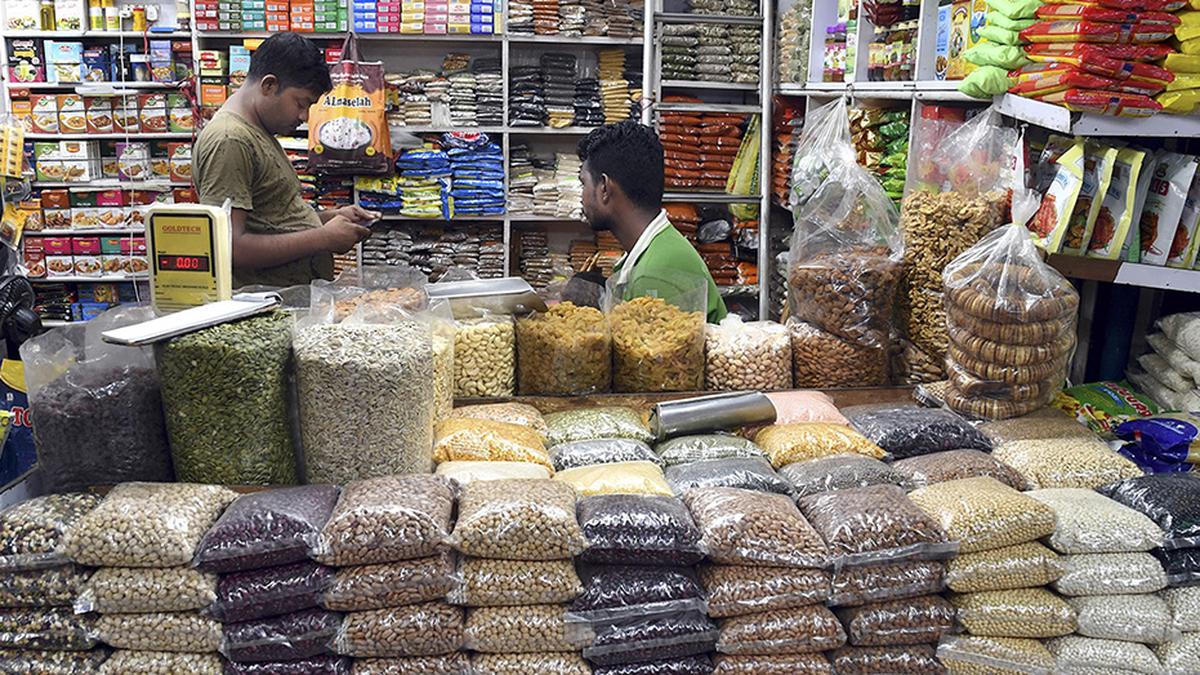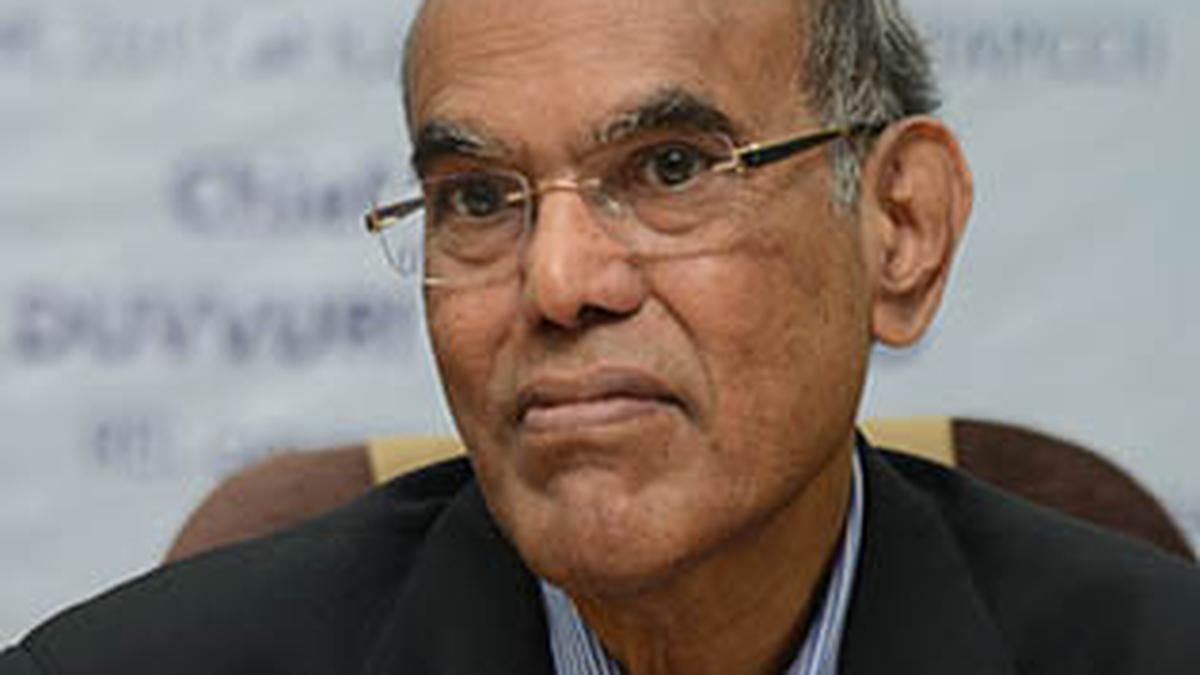With prices rising 17.14% in May, pulses have now completed a year of over 10% inflation. File
| Photo Credit: The Hindu
India’s consumer price inflation eased a tad from 4.83% in April to a one-year low of 4.75% in May, but food price rise remained unchanged at 8.7%, with urban households facing a sharper 8.83% spike in food inflation. Retail inflation stood at 4.31% in May 2023, with food prices rising less than 3%.
May was the fourth successive month with food inflation of over 8.5%, though it cooled fractionally for rural consumers from 8.75% in April to 8.62%. On a month-on-month basis, the Consumer Price Index (CPI) was up 0.5% in May, while the food price index had risen 0.73% from April’s levels. The sequential rise in food prices was 0.7% for rural consumers and 0.9% for their urban counterparts.
Also Read | Fleeting relief: On slide in retail inflation
The gap between urban and rural consumers’ inflation trends was sharp for the third consecutive month, with rural households seeing a 5.3% rise in prices in May. For urban consumers, the retail inflation pace was 4.15%, just fractionally higher than 4.14% in March and 4.11% in April.
While retail inflation has now been below 6% since September 2023, it is still far from the central bank’s 4% target. The Reserve Bank of India (RBI) expects retail inflation to average 4.5% this year and has projected an average of 4.9% for the April to June quarter. With April and May inflation coming in slightly below that, it is likely that price rise may resurge to over 5% this month.
Vegetable prices
Barring spices, where the inflation rate cooled to 4.3%, the lowest level in at least two years, price pressures persisted for most food items. Vegetable prices rose 27.3% in May, while the inflation rate accelerated for cereals (8.7%), eggs (7.6%), fruits (6.7%) as well as pulses. With prices rising 17.14% in May, pulses have now completed a year of over 10% inflation.
Meat and fish prices were up 7.3% in May, easing a tad from 8.2% in April. Edible oil prices were down 6.7% from last year compared with a 9.4% dip in April, making it the mildest decline in prices in at least 14 months.
Terming the rising inflation in key food items such as cereals and pulses, and the rigidity in vegetable prices as worrying, Crisil principal economist Dipti Deshpande said the progress of the southwest monsoon would influence the food inflation trajectory over the next few months and there could be softening this month.
Also Read : Extreme weather may pose risk to inflation, says RBI Bulletin
“Non-food inflation continues to offer respite, printing at a record low of 2.3%. Much of this was due to core sliding to 3%, also a record,” she noted.
“A favourable base effect is expected to persist till July 2024, helping absorb potential upward risks to price pressures to a certain extent. If food inflation moderates, we expect the RBI to cut the policy interest rate by a shallow 50 basis points in two tranches in the second half of the fiscal year,” said CareEdge Ratings’ chief economist Rajani Sinha. One basis point equals 0.01 per cent.


